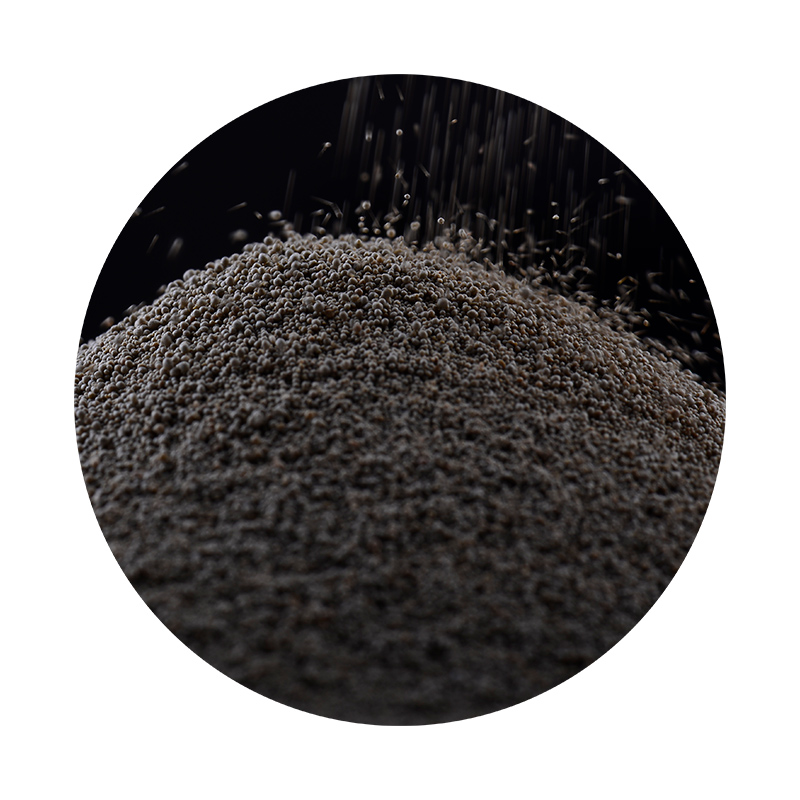3D Sand Printing in Casting Revolutionizing Manufacturing
In recent years, 3D sand printing has emerged as a transformative technology within the manufacturing sector, particularly in the field of casting. This innovative process combines the advantages of traditional sand casting with the precision and flexibility offered by additive manufacturing techniques. As industries seek to optimize their production processes, 3D sand printing is proving to be a game-changer.
3D Sand Printing in Casting Revolutionizing Manufacturing
One of the primary advantages of 3D sand printing is its ability to produce intricate designs that would be challenging or impossible to achieve with traditional casting methods. The technology allows for the realization of complex internal structures, undercuts, and fine details, enabling more efficient material usage and lighter components. This capability is particularly beneficial in industries such as aerospace and automotive, where weight reduction plays a crucial role in performance and fuel efficiency.
3d sand printing casting

Furthermore, 3D sand printing significantly reduces material waste compared to traditional methods. In conventional casting, excess material often results from machining and tooling, leading to a higher environmental impact. In contrast, the additive nature of 3D printing allows for precise material placement, thereby minimizing waste and contributing to more sustainable manufacturing practices.
The implementation of 3D sand printing is also attributed to its adaptability. Manufacturers can quickly modify designs and create custom molds to meet specific project requirements without the need for new tooling. This responsiveness not only accelerates the development cycle but also enables a more dynamic approach to product design and production.
As the technology continues to advance, the applications for 3D sand printing in casting are expanding. Researchers are exploring new materials and binder combinations to enhance the strength and thermal resistance of printed molds. The integration of this process with other manufacturing technologies, such as metal 3D printing, could lead to even more innovative solutions.
In conclusion, 3D sand printing is revolutionizing the casting industry by offering enhanced design flexibility, reduced lead times, and more sustainable practices. As manufacturers increasingly embrace this technology, we can expect to see continued growth and innovation, paving the way for a new era in manufacturing that prioritizes efficiency and environmental responsibility.
Post time:szept . 07, 2024 06:36
Next:Resin Coated Sand Price - Premium Quality for Foundry Applications
